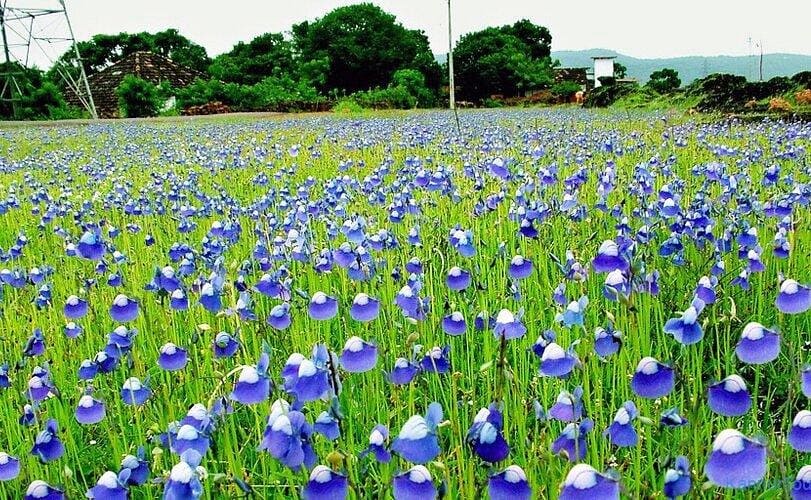
My grandmother used to say that the dark depths of the dry well near the fort hid a tunnel which led to the banks of Kuppam River. Soldiers stationed at the fort would use this tunnel to make a quick escape if things ever turned sour. As I peeked through the roots of the tree that covered this well, I hoped to see signs of this fabled tunnel. However, no matter how much I scoured the grounds of Madayi Fort, any such vestiges evaded my sight, seemingly washed away by the tides of time. Built by the Vallabha king of the Kolathu dynasty and later occupied by Tipu Sultan, all that remains of this ancient fort are its four watchtowers, a perfect spot for visitors looking to enjoy a sunset in all its glory. After an hour or so of watching boats lazily float down the river in the afternoon sun, I made my way down from where I’d sat on one of the watchtowers. Doubling back the way I came, I set about to explore the rest of the flat-topped hillock this fort is perched on, Madayipara. Fresh from a bout of monsoon rains, I was met with a breathtaking vista – blue and white flowers, locally called “Kakkapoovu”, carpeting the hill as far as the eye could see. This is far from the only ecological wonder that this hillock boasts of. A treasure trove of nature, Madayippara flaunts an array of flora and fauna with over 500 plant species, 300 flowering plants and exotic butterflies, drawing migratory flowering plants and exotic butterflies, drawing migratory birds from far and wide. According to lore, up until around 50–60 years ago, tigers would visit Madayipara during specific times of the year to feast on the grazing cattle. Vultures swooped in to feed on the leftovers. Decades of china clay mining, however, had marred the face of the hill and the most I could spot that day were stray dogs, two of which had been friendly enough to accompany me the rest of the evening. Each season paints the landscape a unique, vibrant hue – just as how the incessant monsoon rains turn the lands lush, so does the autumn sun, as stretches of grass cover the 700 or so acres of land in shades of gold. The Portuguese once had sovereignty over Madayippara and the adjacent regions. Many spots in Madayi still have cashew trees growing there as a reminder. FUN FACT: Insectivorous plants like Drosera indica L., D. burmanrii Vahl , whose sticky gland tipped tentacles of the plant trap the numerous butterflies and insects, scatter the flat-topped hillock. I went further west, tramping across rivulets of water flowing through the laterite rocks until I reached a pond shaped like a hand-held mirror named Joothakkolam, as it is believed to be constructed by one of the first Jewish migrants in India. A similar attraction in Madayipara is the Vadukunda Siva Temple, rebuilt in the 1970s after it was purported to be destroyed by Tipu Sultan, and the nearby lake, which extends for roughly an acre. Even during the sweltering summer, the lake close to the temple will stay full, providing food for the local life forms. Despite these glimpses into the past, Madayikavu, one of Kerala’s oldest Bhagavathi temples which date back over a millennium ago, is what brings visitors flocking to Madayipara. Streams of pilgrims arrive at the holy site in buses, autos and cars, led by their faith in Kali Amma, hoping to get her blessings against all evil intentions. The solemn surroundings was the perfect end to the evening, lending a calmness to my spirit as I bid the hillock adieu.
20 Apr 2022
Raniya Ashraf Ali